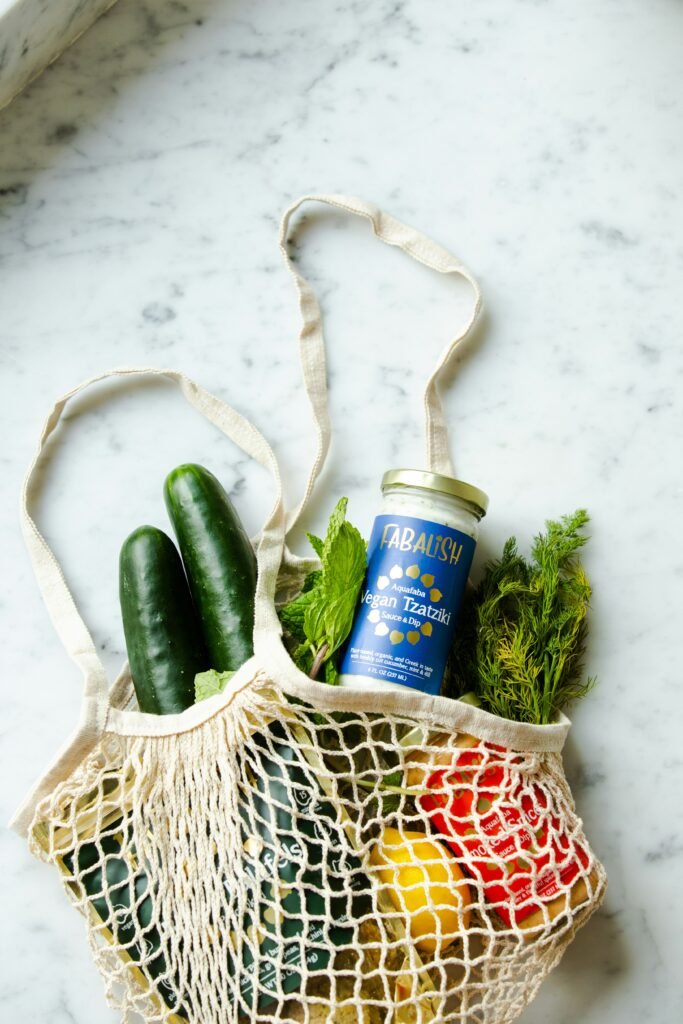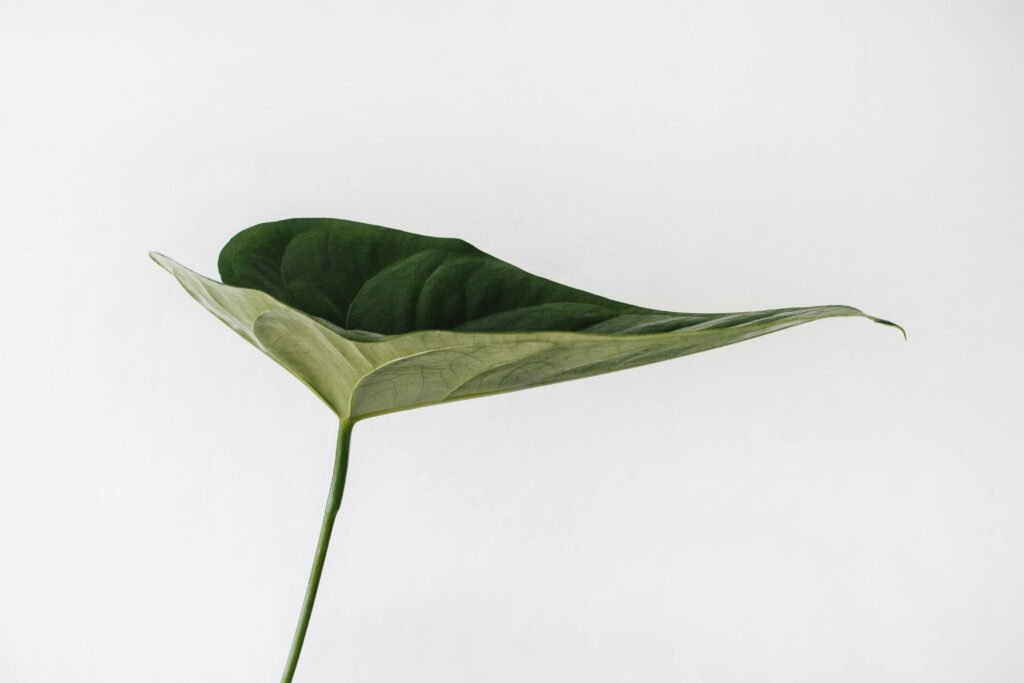In today’s world where sustainability is crucial, it is vital to highlight the importance of sustainable practices in human hair weave production. As the demand for hair weaves continues to grow, it becomes essential to prioritize environmentally friendly methods of production. By implementing sustainable practices such as responsibly sourcing hair, utilizing eco-friendly dyes, and reducing waste, we can contribute to a more sustainable and ethical hair industry. This article explores the significance of sustainable practices in human hair weave production and how they can benefit both the environment and those involved in the process.

This image is property of images.unsplash.com.
Reducing Environmental Impact
Hair weave production can have a significant environmental impact, but by using eco-friendly materials, we can help mitigate this. Eco-friendly materials are those that are sourced and produced in a way that has minimal negative effects on the environment. By choosing materials that are biodegradable, renewable, and non-toxic, we can reduce the carbon footprint of the hair weave industry. These materials can include natural fibers like organic cotton or hemp, as well as synthetic fibers that are made from recycled materials.
Conservation of water resources is another vital aspect of reducing environmental impact. Water is a precious resource, and hair weave production can consume a significant amount of it. By implementing water-saving techniques, such as using low-flow or automatic shut-off valves, we can minimize water waste. Additionally, by recycling and reusing water whenever possible, we can further reduce our water footprint. This includes implementing filtration systems to treat and reuse wastewater generated during the production process.
Minimizing chemical usage is also crucial in reducing the environmental impact of hair weave production. Many chemicals used in the production process can have harmful effects on both human health and the environment. By choosing alternative, non-toxic materials and processes, we can minimize the use of these harmful chemicals. Additionally, implementing proper waste management systems can prevent the release of chemicals into the environment.
Ethical Sourcing
Ensuring fair labor practices is of utmost importance in hair weave production. This involves treating workers with respect, providing fair wages, and ensuring safe working conditions. By partnering with suppliers who adhere to these principles, we can support fair labor practices and contribute to a more ethical industry. Regular audits and monitoring can help ensure compliance with labor standards, while also addressing any issues that may arise.
Responsibly sourced hair is another aspect of ethical sourcing. It is important to ensure that the hair used in the production of hair weaves is obtained ethically and without exploitation. This means working with suppliers who source hair from individuals who have willingly sold or donated their hair. By avoiding hair from forced labor or unethical practices, we can support a more ethical industry.
Safeguarding indigenous communities is also an essential part of ethical sourcing. Indigenous communities often have traditional knowledge and practices related to hair and haircare. By respecting and protecting their rights, we can preserve their cultural heritage and prevent exploitation. This includes fair compensation for the use of traditional techniques or materials and ensuring that their communities are not negatively impacted by the production process.

This image is property of images.unsplash.com.
Promoting Animal Welfare
Animal welfare is a significant concern in the hair weave industry. To promote animal welfare, it is essential to avoid using hair from animal sources. This includes not using fur, feathers, or any other materials obtained from animals in the production of hair weaves. By exclusively using synthetic or human hair, we can eliminate the ethical concerns surrounding the use of animal products.
Eliminating animal testing is another crucial aspect of promoting animal welfare. Many beauty and hair care products undergo animal testing to ensure their safety. However, there are alternative methods available, such as in vitro testing or the use of computer models, that can provide the same information without causing harm to animals. By adopting these alternative methods, we can contribute to ending animal testing in the hair weave industry.
Supporting Local Communities
Supporting local communities is a key element of building a sustainable and responsible business. One way to achieve this is by partnering with local hair suppliers. By sourcing hair from local communities, we can provide them with economic opportunities and support their livelihoods. This helps to create a more equitable and inclusive industry.
Creating job opportunities is another way to support local communities. By establishing production facilities or training programs in disadvantaged areas, we can provide employment opportunities for individuals who may otherwise struggle to find work. This helps to alleviate poverty and improve living conditions within these communities.
Investing in community development is also essential. By channeling resources into community projects, such as education or healthcare initiatives, we can contribute to the overall development and well-being of the communities we operate in. This not only benefits the individuals within these communities but also helps to create a more sustainable and prosperous future.

This image is property of images.unsplash.com.
Ensuring Quality and Longevity
Ensuring quality and longevity in hair weave production is crucial for both customers and the environment. By using high-quality materials, we can create products that are durable and long-lasting. This reduces the need for frequent replacements, reducing waste and resources consumed. High-quality materials also contribute to the overall satisfaction of customers, who can enjoy hair weaves that look and feel natural for a longer period.
Implementing quality control measures is another way to ensure the quality of hair weave products. By conducting thorough inspections and testing throughout the production process, we can identify and rectify any issues before the final products reach customers. This helps to maintain consistent quality and reduce the likelihood of issues or dissatisfaction.
Designing durable products is an essential aspect of ensuring quality and longevity. By using strong and sturdy construction techniques, we can create hair weaves that can withstand regular wear and tear. Additionally, designing products that are easy to maintain can help customers prolong the lifespan of their hair weaves, reducing the need for replacements.
Reducing Waste and Recycling
Reducing waste and implementing recycling programs are crucial steps in minimizing the environmental impact of hair weave production. By implementing recycling programs, we can ensure that materials such as packaging, excess materials, or defective products are recycled rather than ending up in landfills. This helps to reduce the overall waste generated by the industry and promotes a circular economy.
Encouraging customers to recycle is another important aspect of waste reduction. By providing information and resources on proper recycling practices, we can empower customers to dispose of their hair weave products responsibly. This can include partnering with recycling facilities or providing return programs where customers can send back their old products for recycling.
Minimizing packaging waste is also vital. By opting for minimal and eco-friendly packaging materials, we can significantly reduce the amount of waste generated. This can include using recyclable or biodegradable packaging materials and eliminating unnecessary packaging components.
Educating Consumers
Raising awareness about sustainability is essential in promoting responsible consumption. By highlighting the environmental and social impacts of the hair weave industry, we can educate consumers about the importance of making sustainable choices. This can be done through various channels, such as online content, social media campaigns, or collaborations with influencers or organizations focused on sustainability.
Providing information on eco-friendly practices is another way to educate consumers. By sharing tips and recommendations for sustainable hair care routines or ways to prolong the lifespan of hair weave products, we can empower consumers to make more responsible choices. This can also include information on the environmental certifications or standards that our products adhere to, so that consumers can make informed purchasing decisions.
Encouraging responsible consumption is a final aspect of consumer education. By promoting the value of quality over quantity and discouraging unnecessary purchases, we can help reduce the overall demand for hair weave products. This can be achieved through marketing campaigns that emphasize the long-term benefits of investing in high-quality and sustainable products.
Preserving Cultural Heritage
Preserving cultural heritage is an important consideration in the hair weave industry. Traditional techniques related to hair and haircare hold significant cultural and historical value. By respecting and honoring these techniques, we can help preserve cultural heritage and prevent their loss or appropriation. This can include collaborating with local artisans or communities to incorporate traditional techniques into our products or using materials that have cultural significance.
Honoring cultural significance also involves giving credit where it is due and acknowledging the origins of certain hairstyles or hair traditions. By promoting cultural diversity and inclusivity within the industry, we can foster a sense of appreciation and respect for different cultural practices and traditions.
Building a Sustainable Supply Chain
Building a sustainable supply chain is essential for the overall sustainability of the hair weave industry. This involves assessing and improving supplier practices to ensure they align with our sustainability goals. Regular audits and monitoring can help identify any areas that need improvement and provide guidance to suppliers on how to implement more sustainable practices.
Establishing long-term partnerships with suppliers is another crucial aspect of building a sustainable supply chain. By forming mutually beneficial relationships, we can work together to improve sustainability across the entire supply chain. This includes sharing knowledge and resources to address common challenges and collaborating on innovative solutions.
Monitoring and auditing suppliers is an ongoing process to ensure continuous improvement. By regularly assessing supplier practices and conducting site visits, we can ensure that sustainability standards are being met and that any issues are addressed promptly. This helps to maintain transparency and accountability throughout the supply chain.
Innovation and Research
Innovation and research play a vital role in driving sustainability in the hair weave industry. By investing in sustainable technology, we can develop new and improved production processes that minimize environmental impact. This can include technologies that use renewable energy sources or reduce water and chemical usage. Investing in research and development can also lead to the development of alternative materials that are more sustainable and less resource-intensive.
Encouraging research and development within the industry is essential for long-term sustainability. By supporting collaboration between researchers, industry experts, and other stakeholders, we can foster innovation and drive continuous improvement. This can involve initiatives such as grants or funding opportunities for research projects focused on sustainable practices or materials.
In conclusion, sustainable practices in human hair weave production are essential for reducing environmental impact, promoting ethical sourcing, supporting animal welfare, building stronger local communities, ensuring quality and longevity, reducing waste and recycling, educating consumers, preserving cultural heritage, building a sustainable supply chain, and driving innovation and research. By adopting these practices, we can create a more sustainable and responsible hair weave industry that benefits not only the environment but also the communities and individuals involved.
